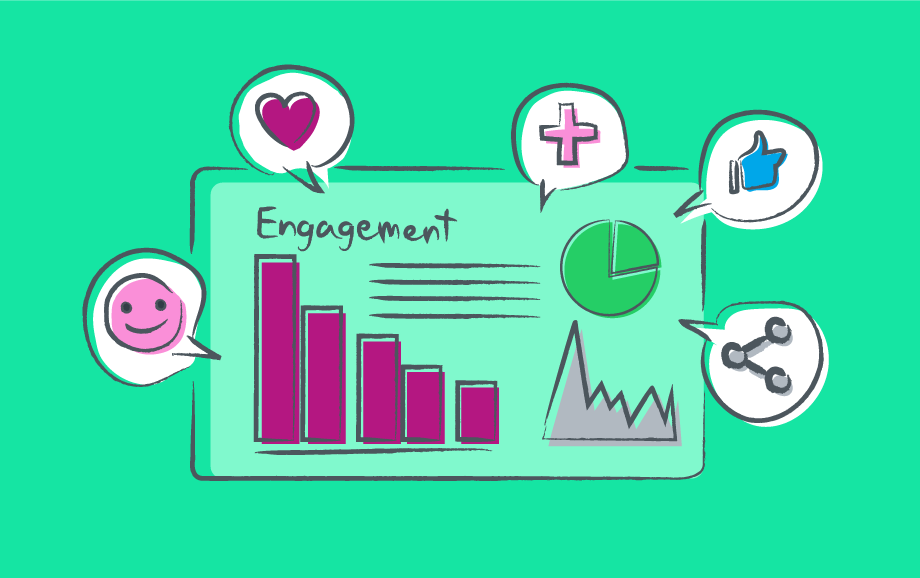Understanding Social Media Metrics
Understand how and what to monitor on your social media account to build a successful online community.

Social media is—social! Just like it says. It relies on conversations and interactions between people—the people who post, their audience, and people in the audience who interact with each other.
It’s not like putting a poster on a wall and leaving it there for passersby to view. You need to check what reaction your post is getting and engage in conversations with visitors to your page. You need to be social! Don’t just post something and walk away. You need to monitor your social media accounts and interact with your audiences in order to build a successful online community.
Let’s go back to the poster analogy. If you put your poster in the right location, it may be seen by the people you want to see it. They may walk by. If it’s in a busy location, many other people may see it, too. Unless you sit there all day, however, and watch who walks by, you will never know.
But with social media you can have an online conversation with the people who see your posts. And there are tools right at your fingertips to measure and analyze who is seeing your posts and how well they’re engaging with them. This information can also be tracked over time, which is very useful for assessing the effectiveness of your communication and the progress of your project for donor reporting.
Analytics
This is the process of gathering data on the performance of your social media content and analyzing it to determine how the audience is interacting with the content. Different platforms have different ways to calculate and present this information. They also supply varying amounts of information for free. Investigate what your preferred platform has to offer and begin exploring how to get the most out of it.
There are a number of different ways to analyze social media. Don’t just look at one type of social media metric (or data). If you look at it from a number of different angles, you can get a more complete picture. Here are some key terms and numbers to look out for.
Followers, or fans
This is a common and clear metric that you and others can easily see. It can be satisfying to see this number grow, but it’s actually not as meaningful as you may think. Did you know you can buy followers on social media if you want to? Some accounts do. We don’t recommend that you do. The key point is that it’s not the number of followers that really matters, but the type of followers—people who are interested and engaging with your content by liking, commenting,or sharing.
Engagement
This is what you really should be looking at as a measure of success. It gives you a sense of how your audience is or isn’t responding to your posts. It tells you how people are interacting online with your organization and how your conversation with your community is going. It can also tell you what kinds of content they find most interesting. Engagement may be measured differently depending on the channel, but the basic principle is:
average engagement rate = # of engagement actions (comments, likes, shares) ÷ total followers
Conversion
This is important to gauge the effectiveness of your content. Is your audience taking the actions you want them to take? Are they clicking on certain call-to-action content you have posted, such as downloading a file, watching a video, signing up for a mailing list, or voting in a poll?
Think of it this way:
conversion rate = # of people who open, click, or download content ÷ total visitors
Top tip: Avoid information overload
1. Consider how the information you have can help you.
2. Can it tell you which content is more successful?
3. Can it tell you when it is best to post your content?
4. Can it tell you if your social media efforts are building and engaging your community?
Managing social media is a skill that you will refine over time.The key thing is to participate and engage with your audience and find out what they do and don’t respond to. Also, remember to be social! Maintain your accounts regularly with fresh and relevant content in order to stay connected. Liken it to maintaining human relationships. Remember, it is simply communication, but in another form.
Useful resources
Explore what analytic tools are available for free with each of your social media networks. For example, if you have a Facebook page for your organization, you can get useful information from Facebook’s Page Insights. This function can “provide information about your page’s performance, like demographic data about your audience and how people are responding to your posts.”



 Back
Back